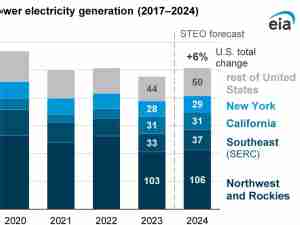China’s announcement to stop building coal-fired plants abroad could have been expected as China introduced their national carbon neutrality targets last year so it is logical to align their international strategy accordingly.
Additionally, several of the countries that had plans to build new coal plants with China’s financial support, such as Vietnam, have stated that they will not build new coal-power capacity on top of what is already under development.
Although China is the world’s largest coal-fired power plant investor, it is getting hard to obtain environmental and social approvals in South and Southeast Asian counties, and amid the decreasing competitiveness of coal against renewables, this decision was easier to make.
However, the announcement didn’t mention China’s domestic coal projects and as he country is also a major consumer, it remains to be seen if the climate-friendly policy will also be applied – or even partly applied – domestically.
Chinese companies have already started establishing their own climate targets, both domestically and overseas, with some of the country’s coal plant investors expanding their renewable business abroad.
The news should help coal be replaced by gas and renewable sources at a faster pace in developing countries, as governments will now have to scrap some of their power supply plans that depended on new coal capacity with alternatives.
At a global level, the announcement confirms that we should be seeing thermal coal demand peak by around 2024.
Additions of new coal-powered generation capacity were already expected to be limited as the levelized costs of renewable energy technologies are now at par with conventional sources such as coal.
It only makes sense for the world to be looking at adding new power capacity additional from renewable energy rather than coal.
All said, China’s coal move can be considered another manifestation of how energy transition is changing the global power landscape.









